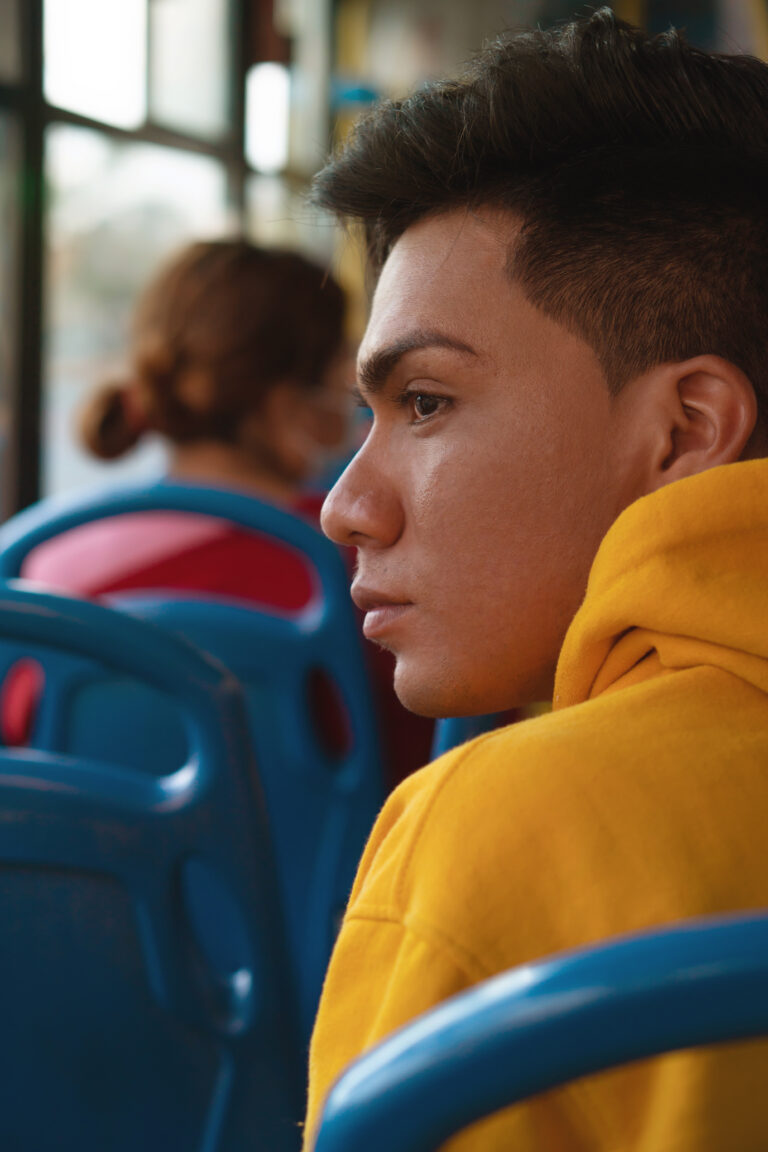
It’s a little late in the year to be going back to school, but that’s what I did on Monday night. For the first time since the shutdown, I was back in a school building working with young people – this time in a volunteer role.
A close friend manages the alternative pathways program for the local school district and asked if I could put my prodigious paperwork skills to use on behalf of the students in the program. My goal for the evening: Helping a dozen or so students complete the free and reduced meals (FARMS) forms to keep the supplemental food supplies flowing in a year when paperwork is now required. (During COVID, the paperwork was waived as all students in the program received these basic food supports. But this year the paperwork requirements are back. Just one more thing on the pile of to-dos for dedicated teachers handling multiple roles, dealing with the staff attrition that districts everywhere have been facing.)
For these dedicated young people – tackling technical coursework while learning English as a second language – paperwork is a small but manageable barrier compared to others.

This kind of commitment and courage also takes trust – trust that the adults creating this opportunity not only have their best interests at heart, but are attuned, listening, and adjusting where needed to their daily realities.
Like so many young people, just showing up is an act of commitment – finding time for these night classes while working full-time. It is also an act of courage – learning to navigate what for many of them is not only a new country and new community, but new system of schooling.
This kind of commitment and courage also takes trust – trust that the adults creating this opportunity not only have their best interests at heart, but are attuned, listening, and adjusting where needed to their daily realities.
A small side conversation between the program administrator and the bus driver illustrated how essential “youth voice” and “community perspectives” are in what may seem like the smallest decisions – like a bus route.
The administrator asked the bus driver, “A new young person is joining the program; can we add a stop?” The answer started with a discussion of traffic patterns (that stretch is stop and go during rush hour) but quickly moved to a deeper discussion of the real challenge from the perspective of students and communities – the last drop off at 10 p.m. is in the most challenging neighborhood. It simply isn’t safe at that time of night
Intense listening led to a completely different solution. Flip the route. Go to that neighborhood first rather than last. Remove one more barrier. Smooth the path where possible.

Some truths are universal and persist over time. We may use catchphrases to describe them (youth voice, learner-centered, reality-based) but that doesn’t convey how critical they can be. This brief, reality-checked conversation of the bus route reminded me of a conversation with a young man named Carlitos in Chicago nearly 30 years ago when I was working on Urban Sanctuaries.
Encouraged by a judge to attend a program that was going to include vocational skills and a clear pathway to “next,” he immediately knew when the social worker shared the location of the program that the judge and all the adults involved were actually trying to get him killed. In his reality, getting to the promised program required crossing the boundaries of multiple rival gangs. Asking him to take a public bus across these very tangible territories was, from his perspective, equal to a death sentence. Referring to the judge, he said, “He’s not going to my funeral.”
Daily decisions are not always so life and death, but they all add up. Are the people – and the systems – dedicated to creating opportunities really building the pathways that make a difference? Yes, if they are intentionally relationship-based and responsive to the realities of the young people they work alongside. As a friend of Carlitos said now decades ago about avoiding the pitfalls on life’s path, you can do so “if there is some place to walk to and someone to walk with.”



No comment yet, add your voice below!